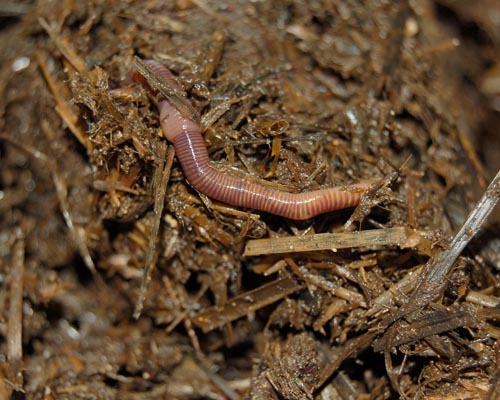OECD TG 207: Earthworm, Acute Toxicity test
Earthworms have the ability to mix soil layers and to incorporate organic matter into the soil, therefore the organic matter can be released through the soil and its nutrients can become available to bacteria, fungi and plants increasing soil fertility.
Reproductive adult earthworms of Eisenia andrei, are exposed to the test substance incorporated into the artificial soil by an appropriate carrier or sprayed on the soil surface in order to evaluate the effects in terms of mortality and reduction in body weight over 14 days exposure period.
TEST SYSTEM
Eisenia andrei
A toxic reference substance is tested once a year to check the sensitivity of the organisms.

STUDY DESIGN
Range finding test includes 5 concentrations of the test substance and 1 untreated control (at least 2 replicates/treatment or control) with 10 adults/replicate
Limit test is carried out with 1 concentration of the test substance and 1 untreated control (4 replicates/treatment or control) with 10 adults/replicate
Rate-response test includes at least 5 concentrations of the test substance and 1 untreated control (4 replicates/treatment and for the control) with 10 adults/replicate
ENDPOINTS
Mortality: LC50 at 7 days and at 14 days after treatment.
Reduction in body weight: EC50 at 14 days after treatment.
Study includes GLP management and reporting.
REFERENCES AND GUIDELINES
OECD Guideline fo Testing of Chemicals, No. 207 (4th April 1984) – Earthworm, acute toxicity test.
Study finder
Scientific Contact
Sabrina Mantilacci
E-mail: mantilacci@biotecnologiebt.it
Phone: +39 075 895 0045 – Ext. 268
Business Contact
Katy Lazzari
E-mail: klazzari@biotecnologiebt.it
Phone: +39 075 895 0045 – Ext. 246
Need more info? Send us a message
Fill in the form with the required information (*).
Our team will be happy to provide all the necessary support with regard to your request.


 English
English Italian
Italian